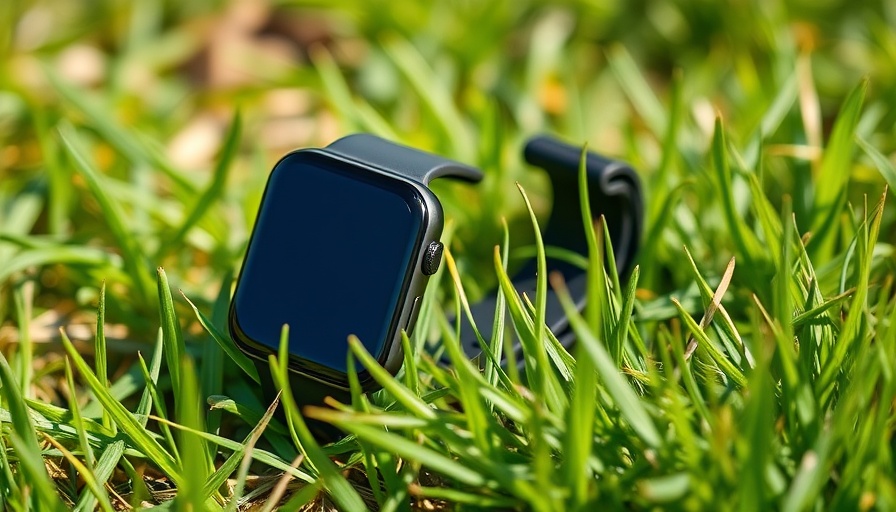
Unlocking Your Potential with Fitness Trackers: A New Era of Health
In an age where technology plays a pivotal role in everyday life, the rise of fitness trackers has changed the way we approach health and wellness. While our ancestors depended solely on their instincts to gauge their physical state, today, the sleek devices we wear provide insights into our heart rates, sleep quality, and step counts, allowing us to bridge the gap between how we feel and what we actually measure.
However, as appealing as the data may be, it’s essential to navigate this wealth of information wisely to ensure it enhances our well-being rather than hinder it. Here, we’ll discuss how to harness the power of fitness trackers effectively, while still staying in touch with our intrinsic motivations and feelings.
Understanding the Accuracy of Fitness Trackers
Not all fitness trackers are created equal. While many brands offer reliable heart rate and step data, outputs like calories burned and movement velocity can vary significantly in accuracy. It’s imperative to select a reputable brand and understand that tracking devices provide varying degrees of reliability. By doing so, you can better discern when to trust the data being presented to you and when to listen to your body’s cues.
The Paradox of Too Much Information
While the abundance of information provided by fitness trackers can be empowering, it also presents a unique paradox: an overload of data can lead to confusion and decision-making paralysis. Just as you might feel overwhelmed when faced with an endless list of menu items, too many statistics can cloud your judgment in health-related decisions.
Recognizing the point at which more information becomes detrimental is crucial. Aim for a sweet spot where your tracker provides enough data to guide you without causing anxiety or indecision about your health choices.
When Tracking is Beneficial
Tracking can be incredibly useful when it serves specific goals. For those looking to improve their fitness, a tracker can help identify patterns and encourage progress while providing data to celebrate victories—big and small. For instance, measuring sleep quality can help pinpoint factors affecting rest, enabling you to optimize your bedtime routine.
Staying Connected to What Matters Most
Amid all the statistics and metrics, it's vital to remember why we began tracking our fitness in the first place: to foster a healthier, happier life. Keeping touch with our emotional responses and internal motivations can serve as a powerful reminder that wellness isn't merely about numbers—it's about how we feel, live, and connect with ourselves and those around us.
Three Signs Your Tracker is Helping, Not Hindering
1. **Enhanced Awareness:** If you find that your tracker heightens your awareness of your activity levels and encourages you to move more, it may be serving its purpose well.
2. **Aligned Goals:** A good sign is when the data you gather aligns with your health and fitness goals, making the journey more fulfilling rather than stress-inducing.
3. **Balanced Use:** If you're able to use the information as a guide without letting it dictate your emotions or self-worth, you're likely reaping the benefits without the downsides.
Conclusion: Balance is Key
Fitness trackers can be extraordinary tools for enhancing performance and well-being, but their effectiveness hinges on how we interact with them. Maintaining a balance between data and self-awareness will lead to a more harmonious relationship with our health journeys. So, step back, evaluate, and embrace the technology that supports your life without overshadowing it. Celebrate progress, listen to your body, and remember the essence of your health journey: to thrive both physically and emotionally.
 Add Row
Add Row  Add
Add 



Write A Comment